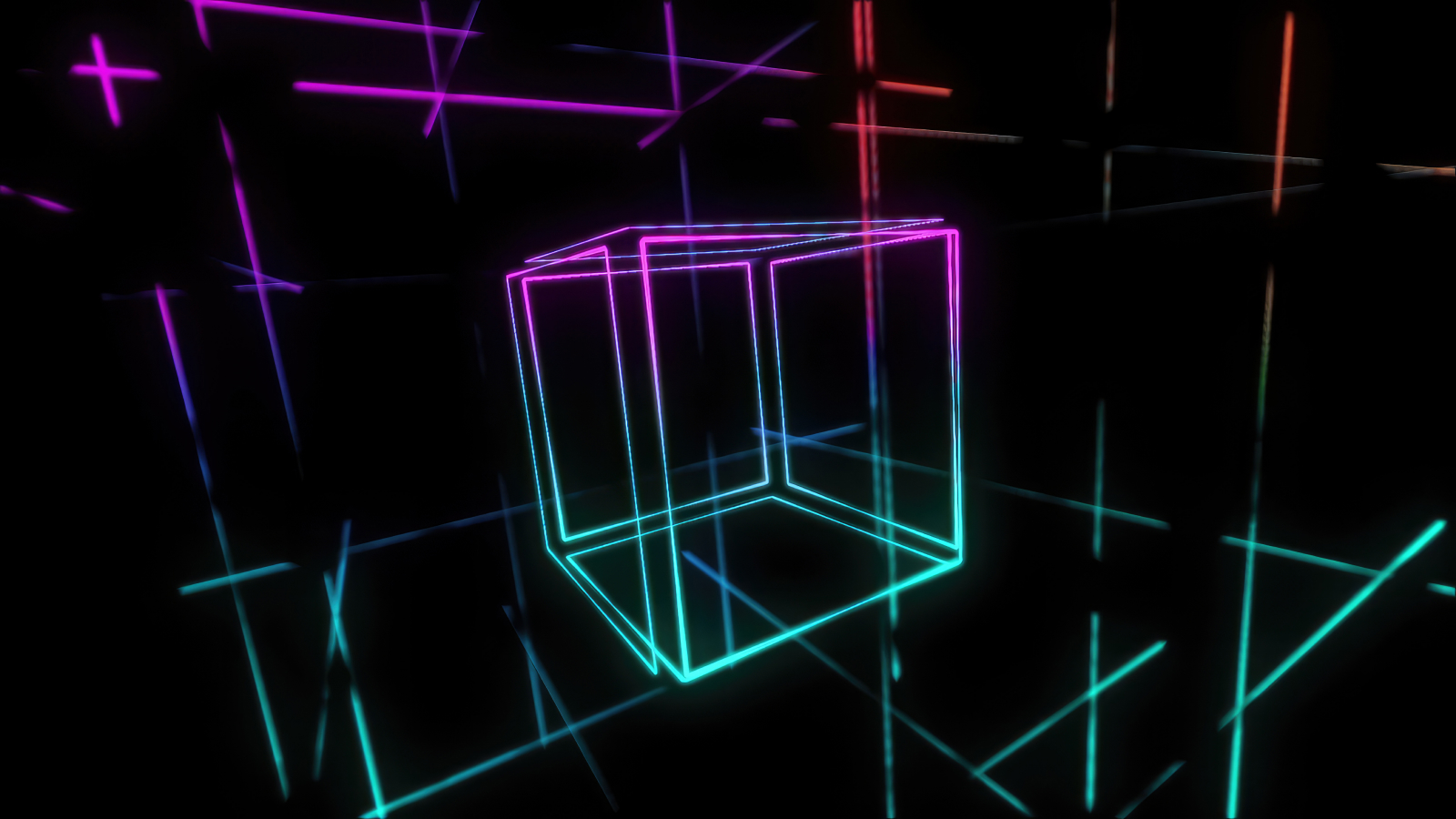
A new artificial intelligence (AI) system can mimic how people interpret complex optical illusions for the first time, thanks to principles borrowed from the laws of quantum mechanics.
Optical illusions, such as the Necker Cube and Rubin’s Vase, trick the brain into seeing one interpretation first and then another, as the image is studied. The human brain effectively switches between two or more different versions of what is possible, despite the image remaining static.
Computer vision, however, cannot simulate the psychological and neurological aspects of human vision and struggles to mimic our naturally evolved pattern recognition capabilities. The most advanced AI agents today, therefore, struggle to see optical illusions the way humans do.
But a new study published Aug. 22 in the journal APL Machine Learning demonstrated a technique that lets an AI imitate the way a human brain interprets an optical illusion, by utilizing the physical phenomenon of “quantum tunneling.”
The AI system is dubbed a “quantum-tunneling deep neural network” and combines neural networks with quantum tunneling. A deep neural network is a collection of machine learning algorithms inspired by the structure and function of the brain — with multiple layers of nodes between the input and output. It can model complex non-linear relationships and, unlike conventional neural networks (which include a single layer between input and output) deep neural networks include many hidden layers.
Quantum tunneling, meanwhile, occurs when a subatomic particle, such as an electron or photon (particle of light), effectively passes through an impenetrable barrier. Because a subatomic particle like light can also behave as a wave — when it is not directly observed it is not in any fixed location — it has a small but finite probability of being on the other side of the barrier. When sufficient subatomic particles are present, some will “tunnel” through the barrier.
After the data representing the optical illusion passes through the quantum tunneling stage, the slightly altered image is processed by a deep neural network.
The new AI model was repeatedly trained on optical illusions — the Necker Cube and Rubin’s Vase — to interpret what it could see. By disrupting the image slightly each time it was passed through the quantum tunneling stage, small differences were introduced. The deep neural network then formed a decision on how to interpret the image.
The deep neural network processes multiple variations of the optical illusion, choosing which of the perspectives it matches. This allows it to mimic how a human brain switches between different perspectives when viewing an optical illusion.
“When we see an optical illusion with two possible interpretations (like the ambiguous cube or the vase and faces), researchers believe we temporarily hold both interpretations at the same time, until our brains decide which picture should be seen. This situation resembles the quantum-mechanical thought experiment of Schrödinger’s cat,” wrote the author of the study Ivan Maksymov, a principal research fellow in AI at Charles Sturt University in Australia, in a post on TechXplore.
“I trained my quantum-tunneling neural network to recognize the Necker Cube and Rubin’s Vase illusions. When faced with the illusion as an input, it produced an output of one or the other of the two interpretations,” said Maksymov.
Maksymov states that the findings could help airline pilots be aware of the dangers of disorientation and misinterpretation of flight instruments, and assist astronauts in interpreting a spacecraft’s instruments during long-duration space flight.
Analyzing ambiguous images can also help in the diagnosis of people with mild cognitive impairments and dementia. An AI trained using this algorithm could be possibly used in the detection of these mentally debilitating diseases, too.





